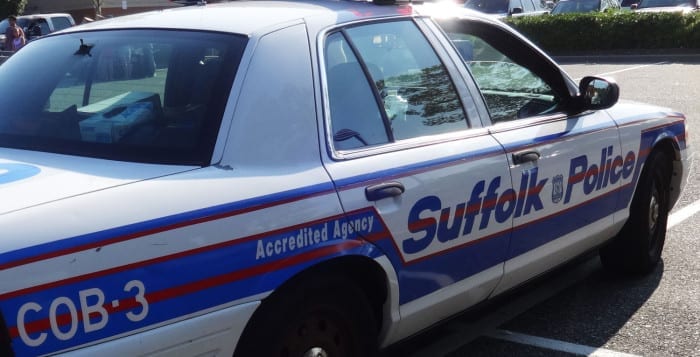Editorial: Who Decides Reforming Police
When Suffolk County Executive Steve Bellone (D) announced the 30-member police reform task force last Wednesday, Sept. 9, there was not much in the way of fanfare for what should be a big moment for the general police reform movement.
Like the sound of a flat trumpet announcing the arrival of the king, it did not create any kinds of sensation other than pursed lips and a general groan from the community at large.
The news has left people on both entrenched sides of the police debate uncomfortable. One side probably thinks it is a dangerous waste of time, the other believes it to be an attempt at lip service, one piloted by the same people advocates accused of sustaining bad practices within departments.
The muted and sometimes hostile response to the new task force is likely due to how long it took the county to actually release its own plans. It has been over three months since Gov. Andrew Cuomo (D) released his first executive order mandating that the government actually looks into this. Police reform advocates have hounded his heels since then but the county exec stood mum. Perhaps he, like others, was confused by what the county should have been doing to prepare for what is likely seen as another unfunded mandate from New York State.
But this is bigger than that, or at least, it should be. Bellone and other police officials should have been upfront about what they were going to do and how they would do it. At least then they wouldn’t have been in a “damned if you do, damned if you don’t” situation as they are now. Especially because without a plan, Cuomo has promised municipalities’ police departments could lose state funding.
Suffolk County police officials throughout the entirety of the police debate have touted recent advancements in anti-bias training and department reform that was happening even before Minneapolis man George Floyd was killed at the hands of police.
And to say there haven’t been significant efforts would be a disservice to the several notable people within the police department who have strived to increase inclusivity and enact change for the better. Most times, however, it’s better to let the people themselves tell you if that change has been enough, rather than just sitting in the echo chamber that is bureaucracy.
The 30-person task force is effectively evenly split between Suffolk County officials/police reps and other religious, racial and community groups. This disparate set of characters plans to hold eight meetings, one for each precinct plus the East End, then using another large survey the county has announced alongside the task force, craft some sort of policy plan.
The Suffolk County Police Benevolent Association will of course advocate for no changes to police budgets or personnel. Their leadership has been staunch supporters of Blue Lives Matter rallies and have routinely decried any and all Black Lives Matter protests, even though in the county the vast majority have been peaceful and civil. That’s not to say police don’t have the right to speak up for themselves. We know just how much work goes into serving a community as an officer — from the holidays not spent with families to the danger they put themselves in every day. But we need to listen to communities, especially the large communities of color, for whether they feel police actually treat them the way many of us on the North Shore feel we are positively reflected.
We at TBR News Media think there should be a minority report, or potentially multiple minority reports, to go along with whatever result gets crafted before the governor’s April 2021 deadline. That way we can see what was left on the cutting room floor and, more importantly, how either police reps or reform advocates feel things should be done if they had their way.
It’s time to stop thinking of this task force as an afterthought and move toward some consensus that leads to real change.







